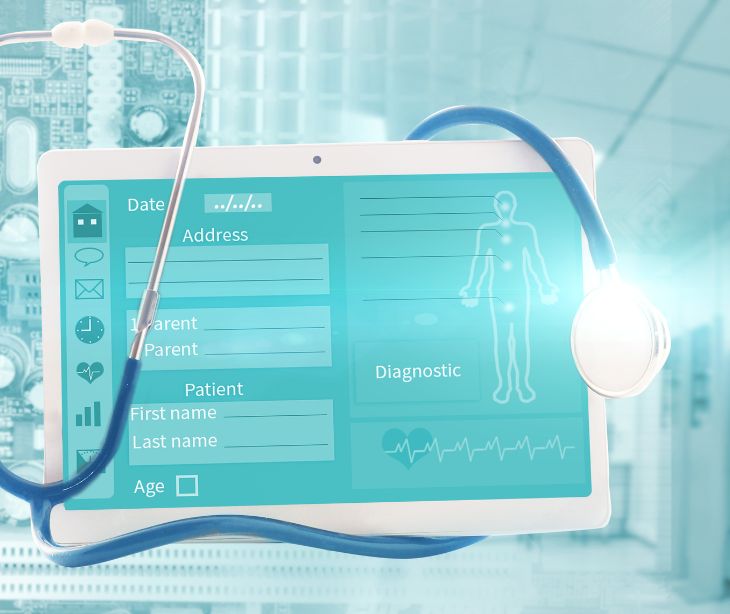2 min read
Report reveals more patients are accessing health data online
Abby Grifno
November 27, 2023

A recent report from the ONC shows that individuals are increasingly using the web and smartphones to access medical records and other health data.
What happened
The report, released by The Office of the National Coordinator for Health Information Technology, showed that patients increasingly use online tools. The ONC says these tools can “help empower [patients] to make informed decisions about their health and track progress on health-related goals, potentially resulting in improved patient outcomes.”
In 2020, the ONC finalized the Cures Rule to increase secure access to health-related data. The same act required standardized application programming interfaces (APIs), which have since been rolled out. The ONC says the rule was designed to “increase patient access by promoting a secure and trustworthy infrastructure for on-the-go access to health data and enabling patients to access and manage their records using an app of their choice.”
Now, the ONC is analyzing data from the 2022 Health Information National Trends Survey (HINTS) to understand how many patients are accessing their data online since the Cures Rule.
Going deeper
The ONC’s report revealed several major findings. Overall, they learned that between 2014 and 2022, the percentage of patients who were offered and chose to access their online records more than doubled.
In 2022, approximately 75% of patients were offered online access to their medical records, a 24% increase since 2020. Patients who accessed their online records increased by 50% since 2020. Patients who accessed their records online frequently accessed them more than once; 1 in 3 patients accessed their data at least 6 times.
The report also determined that some individuals preferred accessing their health information solely on websites (48%). In comparison, others used exclusively apps (19%), and some used both (32%). Approximately 90% of users accessed test results, and 70% accessed clinical notes.
Patients also had the option to download or transmit their information. About 33% chose to download medical records, and 20% transferred medical information to a third party at some point.
Other online medical records, such as lab reports or pharmacy records, were viewed significantly less because of more limited availability. Some patients reported they had health-related data in multiple portals. Apps exist to aggregate this data, but the report showed they were only used about 2% of the time.
Why it matters
The ONC found that online access to medical data has significantly increased with the help of the Cures Rule. However, as healthcare and insurance go digital, security must be a top priority to protect patients' sensitive information.
The big picture
Even as ONC works towards better accessibility and security of data, its goals are made more complicated by increasing cyberattacks, data breaches, and evolving security trends.
Many organizations must change their processes, especially as third-party pixels are advised against. As organizations tighten up current security measures and procedures, it could be a great time to consider how they can make data more accessible.
Subscribe to Paubox Weekly
Every Friday we'll bring you the most important news from Paubox. Our aim is to make you smarter, faster.



